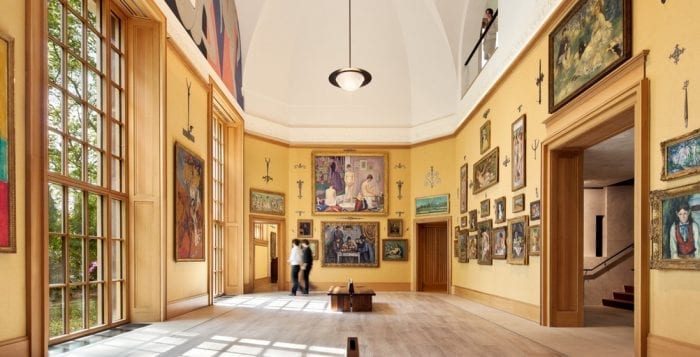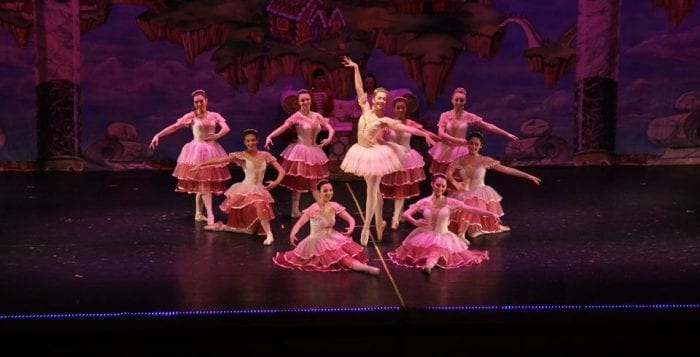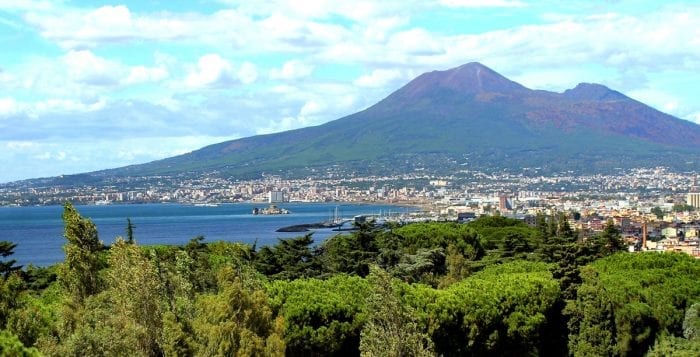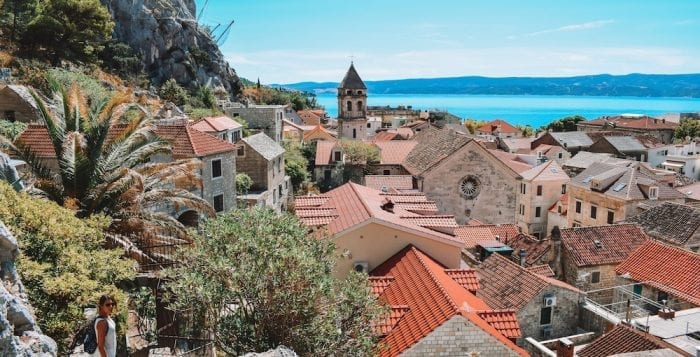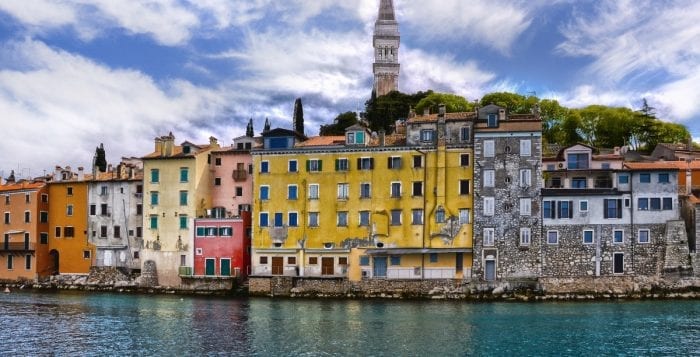By Leah S. Dunaief

The impeachment trial of President Donald Trump in the Senate was not the cause of Blue Monday this week. An idea first introduced to the world in a press release in 2005, Blue Monday was named the most depressing day of the year. Typically, the third Monday of January, but it can be the second or the fourth, Blue Monday is the confluence of several downers. We can certainly guess what they are.
For starters, there is the darkness and the weather. We are in the first full month after the winter solstice, the shortest day of the year. That, combined with the traditionally coldest month, makes for a lot of storms, gloom and shut-ins. Even if we are fortunate, as we have been so far this year — there haven’t been so many storms — we know they are coming.
Then there are the holiday bills. This is when credit charges begin arriving, along with their urgency to be paid. We had a wonderful time, for the most part, during the celebratory days of December. Time to pay the piper.
Right around now is also when our New Year’s resolutions begin to fade. Reality sets in with an awareness of how truly hard it is to break bad habits. Easier to slip back into the old ways, especially as a treat during the awful weather.
As we look ahead into the new year, there are no big holidays to anticipate — nothing larger than St. Valentine’s Day, a Hallmark holiday after all. And then there are the coming taxes. Property tax deadline has just passed, emptying our bank accounts but April 15 will be coming up faster than our savings might grow. Not all of us get refunds — quite the contrary.
So here are five things we can do to offset the alleged challenges of the season. They are proposed by a Buddhist monk in his book, “Love for Imperfect Things: How to Accept Yourself in a World Striving for Perfection,” and they speak to self-care. Haemin Sunim, who has taught Buddhism at Hampshire College in Amherst, Massachusetts, according to a recent article in The New York Times, goes beyond the obvious advice of exercising, eating well and getting enough sleep.
First, start by taking a deep breath. As we think about our breathing, it becomes deeper, giving us a sense of calm no matter what is happening around us.
Next comes acceptance “of ourselves, our feelings and of life’s imperfections.” When we struggle to overcome difficult emotions, the struggle intensifies. But if we start by accepting those emotions, allowing them to be there, the mind quiets.
Writing is a third suggestion from the monk. This one, of course, speaks to me. Write down what is troubling or what we need to do, then leave the load on paper and get a good sleep. The list will be there and help to direct our actions in the morning. I have found this therapeutic when I wake up in the middle of the night herding a multitude of thoughts. I keep a pen and pad on the bedside table and I offload the burdens. In the morning, if I can read my writing, I can usually figure out how to proceed.
Talking is also important. How do I know what I think until I have heard what I’ve said? Somehow talking out a situation makes it clearer. There has to be a totally nonjudgmental and trustworthy friend who will listen, of course.
Last on the top 5 is walking: “When you sit around thinking about upsetting things, it will not help you. If you start walking, our physical energy changes and rather than dwelling on that story, you can pay attention to nature — a tree trunk, a rock. You begin to see things more objectively, and oftentimes that stress within your body will be released,” the monk said.
Even if we have no issues at the moment, we certainly feel better after taking a walk.




